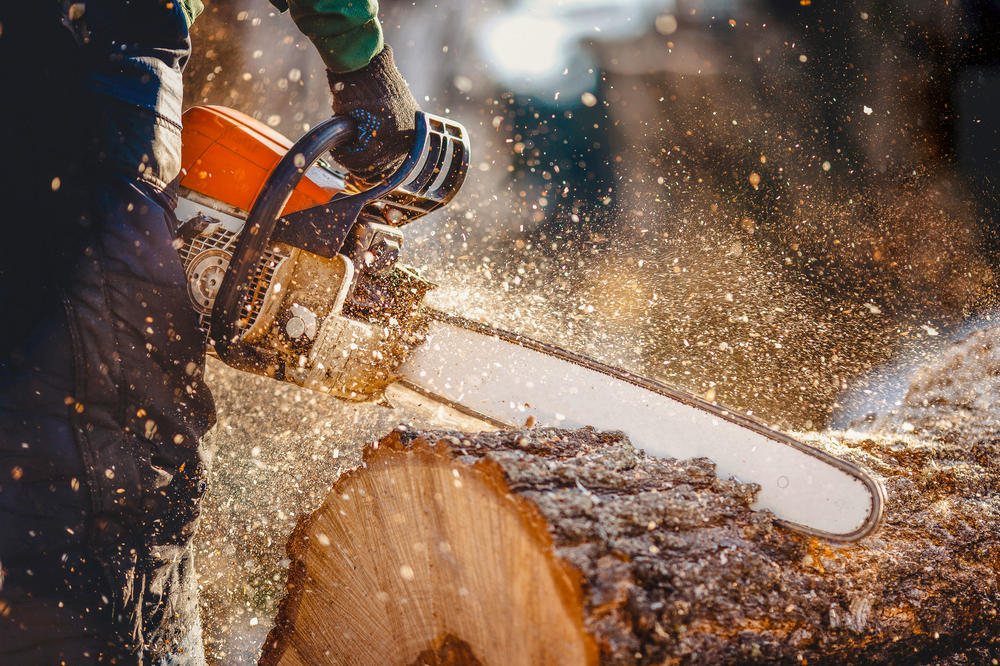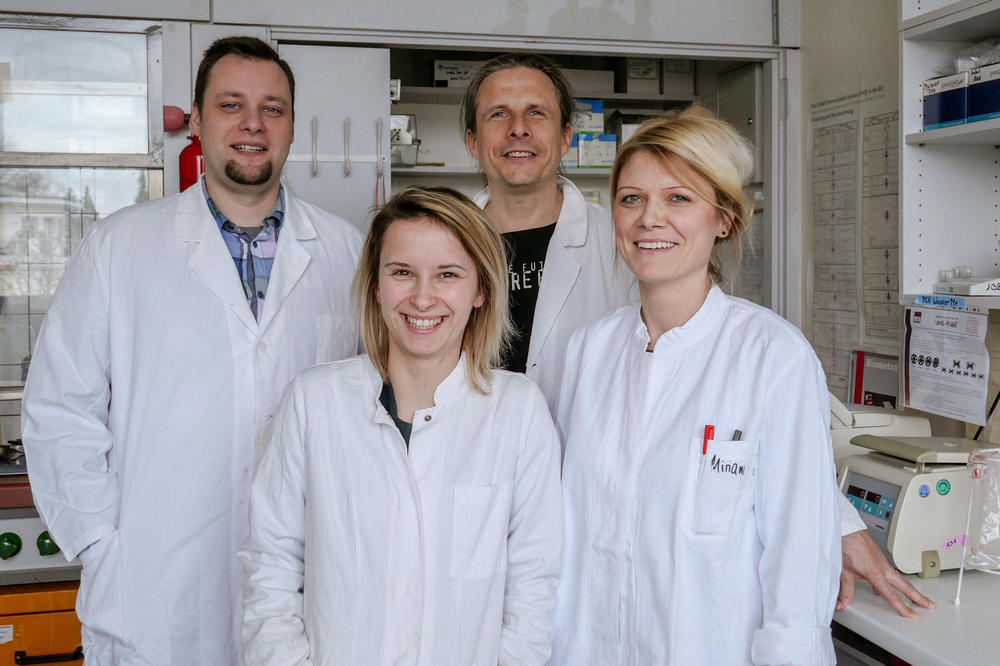Sawdust over Oil
Microorganisms in wood shavings help extract raw materials for the chemical industry
Aug 01, 2019
The apple never falls far from the tree, and wood chips never fall far from the sawmill. In fact, sawmill by-products are stored in large silos and later used in particleboard and as fuel for heating. But Jens Baumgardt of the Institute of Biology at Freie Universität Berlin says the raw material has better, more efficient uses. The microbiologist would rather see sawdust put to use to make aromatic building blocks, which are needed in the chemical and pharmaceutical industries to produce paint, varnish, and other high-grade products. The process involves microorganisms that decompose the sawdust.
Sawdust is not just lumber mill waste. It is a source of valuable raw material for industrial production.
Image Credit: shutterstock/Parilov
Dr. Baumgardt, together with microbiology professor, Rupert Mutzel, also at Freie Universität Berlin, submitted a project proposal to the Waldklimafonds, a foundation for forest and climate research established by the German Federal Ministry for Economic Affairs and the German Federal Ministry for the Environment. Their project, ChemSnep, was granted funding up to the end of 2021 in the amount of 630,000 euros.
Switching from fossil fuel based material to a renewable raw material base is particularly attractive if the materials are not also used in food production, Jens Baumgardt explains. “That is how we came up with the idea to use sawdust from hardwood and softwood lumber,” he says. Ideally, this added value would lead to more reforestation because woods would be seen as a source of chemical substances. It would be another way for wood processing companies to generate income. German companies are likely to show a strong interest in this new market because they otherwise face tough competition from Eastern European countries with cheaper production costs.
Bacteria Extract Valuable Substances
The lignocellulose contained in sawmill by-products consists of lignin, cellulose, and hemicellulose. Lignin is very versatile. It can be broken down into a variety of components, such as alcohols and phenolic compounds, which have significant commercial use. Bacteria can do the extraction work required to produce these valuable substances. “We aren’t sure just yet which microorganisms will turn out to be the best suited for this work,” Jens Baumgardt says. He plans to conduct a series of experiments with different types that have been identified as suitable in other studies as well as others that his team was able to isolate. The bacteria and fungi that they are testing are already naturally part of habitats containing lignin.
The ChemSnep team is ready to work on finding solutions. Christian Gleisberg (back left) and Jens Baumgardt (back right) alongside Master’s students Sarah Bleile (front left) and Miriam Müller (front right).
Image Credit: Marion Kuka
“The idea is to find a way to make the work appealing to these microbial power plants,” Baumgardt says. A lignin polymer is like a puzzle whose pieces are put together using carbon compounds. Bacteria and fungi feed on the nourishing puzzle pieces and use enzymes in the process, which break down the lignin puzzle. Baumgardt and his team want to find out which microorganisms produce commercially valuable substances and which physical and chemical conditions enable optimal production.
“Micro-Workers” Powering Sustainability
The team will conduct a series of laboratory experiments with culture vessels made specifically for these tests. The vessels have a fermentation volume of just two to three liters, a relatively small-scale operation compared to industrial use with vessels containing quantities in tons. If, based on extensive analysis after several weeks of testing, the scientists are able to prove that the process creates useful building blocks, the question remains how and when can the substances be “harvested”? After all, the bacteria and fungi are working to meet their own needs. The desired compounds must therefore be removed at the right moment.
“We chose the organisms and fermentation processes together with partners from industry with the ultimate goal of providing wood processing companies a sustainable, CO2-neutral, uncomplicated, cost-efficient way to use them,” stated Christian Gleisberg, a biologist who has been with ChemSnep from the very start. Before these “micro-workers” can start their new job working for sustainability, they first have to pass an aptitude test.
This text originally appeared in German on June 8, 2019, in the Tagesspiegel newspaper supplement published by Freie Universität.
Further Information
Links for more information


